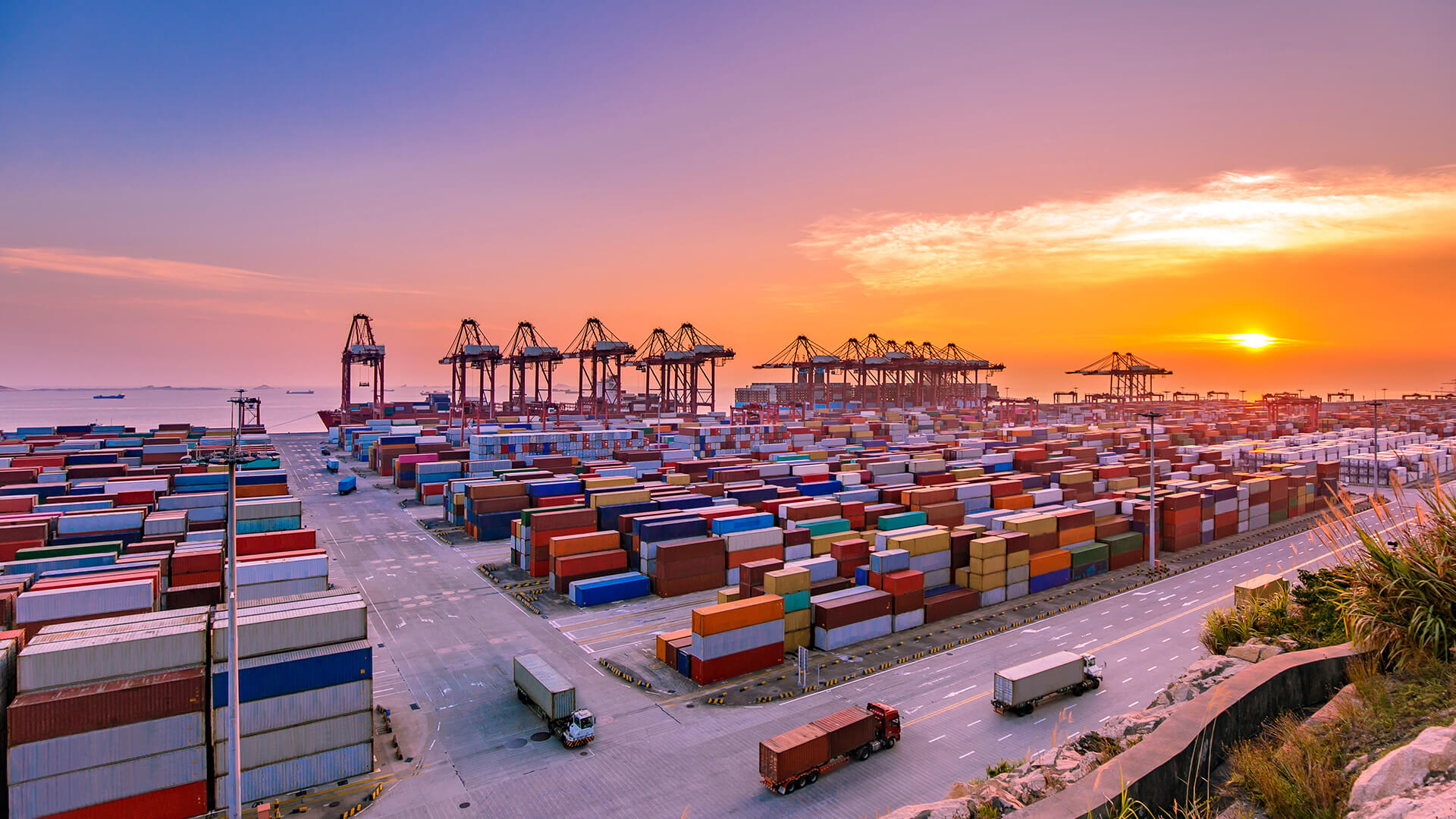- Canada’s merchandise imports increased by 3.0 per cent (month-on-month) in May. Meanwhile, exports fell by 3.8 per cent. Canada’s merchandise trade balance went from a $894 million surplus in April to a $3.4 billion deficit in May.
- Total exports declined by 3.8 per cent in May, falling to $61.5 billion. Exports of energy products and farm, fishing and intermediate food products were responsible for most of the decline. Crude oil exports fell 8.3 per cent and contributed the most to the drop in exports of energy products (which declined by 7.3 per cent in May). Meanwhile, exports of farm, fishing and intermediate food products decreased by 13.4 per cent.
- Total imports rose by 3.0 per cent to $65.0 billion. Imports of motor vehicles and parts increased by 4.5 per cent, reaching a record high of $11.3 billion. Imports of metal and non-metallic mineral products rose 12.3 per cent in May, mainly due to higher imports of unwrought gold, silver, and platinum group metals.
- Imports from the United States increased by 1.3 per cent, while exports fell by 2.9 per cent. As a result, the merchandise trade surplus with the United States narrowed from $8.7 billion in April to $6.7 billion in May, the lowest surplus in two years.
Key Insights
Persistent inflation and ongoing geopolitical tensions continue to fuel global economic uncertainty. Although the impacts of the pandemic have subsided, the global economy now grapples with exceptionally high borrowing costs, with interest rates reaching multi-decade highs in most countries. Consequently, global economic growth has decelerated. While inflation has slightly moderated, Europe faces a concerning situation, as price growth exceeds that of the U.S. and Canada. Moreover, the euro area has officially entered a mild technical recession, raising concerns that the world economy might face more than a slowdown. Multiple other factors also contribute to risks in the international trade outlook. Notably, China’s recent announcement to restrict exports of gallium and germanium—crucial metals used to produce semiconductors and electronics—adds further uncertainty. Additionally, OPEC+ continues to cut oil, which adds another layer of complexity to the economic landscape.
Canadian export markets have performed relatively well in recent months, but challenges lie ahead. The shift in China’s approach from a zero-COVID policy, coupled with the resilience of the U.S. labour market, has positively impacted export growth. Furthermore, Canadian exporters have benefited from a weaker dollar and improved supply chain conditions. However, a weaker dollar and softening domestic demand have put downward pressure on imports. Despite the positives around exports, some factors could cloud the trade outlook. For instance, oil prices do not fully reflect the OPEC+ oil production cuts. Additionally, higher interest rates will gradually permeate the global economy, dampening global demand—ultimately leading to weaker growth in net exports.
Access our overview of our three-year international trade outlook for Canada.







Comments